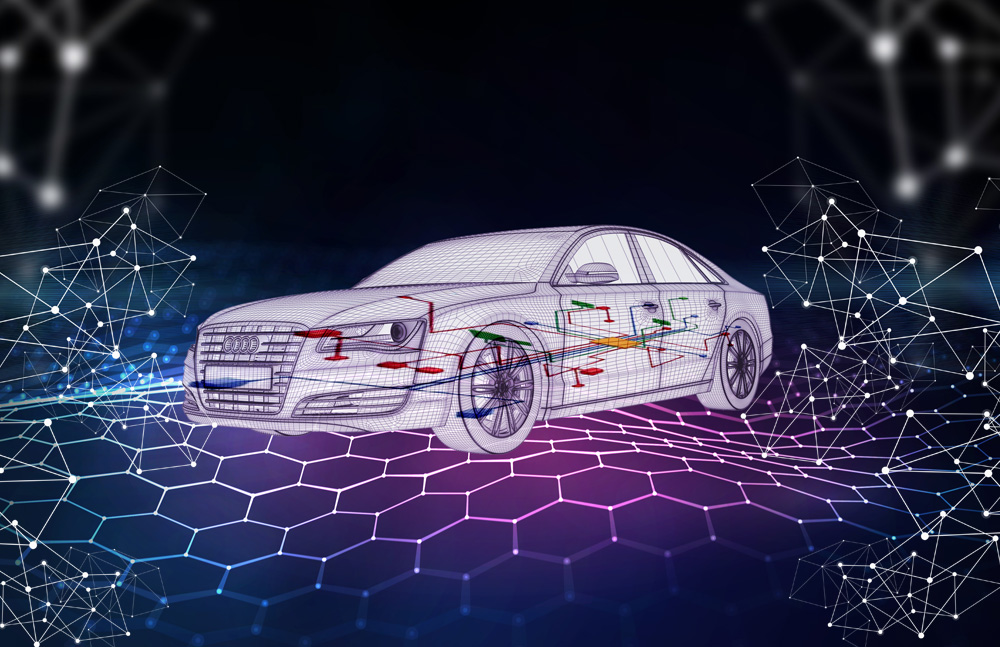

Nebula Connecting the Dots with its future-ready Architectural Solution. To keep up with ever increasing demands for next generation secure solutions OEMs must make a gear shift from a traditional architecture to new methods of developing software. Nebula is the game changer that can help the OEMs making that transition:
The physical topology of a network refers to the actual physical layout of the devices and the cables that connect them. There are several types of physical topologies, including bus, star, ring, mesh, and hybrid.
The deployment process involves various steps, such as preparing the software for installation, configuring the target system, and installing and configuring the software on the target system.
Communication basetech specifications refer to the technical standards and protocols that define how devices and systems communicate with each other over a network.
Diagnostics communication design and specification refer to the process of defining how diagnostic information is communicated between components of a system or application.
Automotive network management refers to the management and control of the various networks and communication systems within a vehicle. As modern vehicles become more connected and technologically advanced, managing the networks that enable communication and data exchange becomes crucial. Here are the key aspects of automotive network management:
